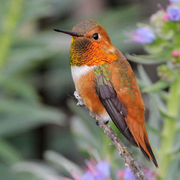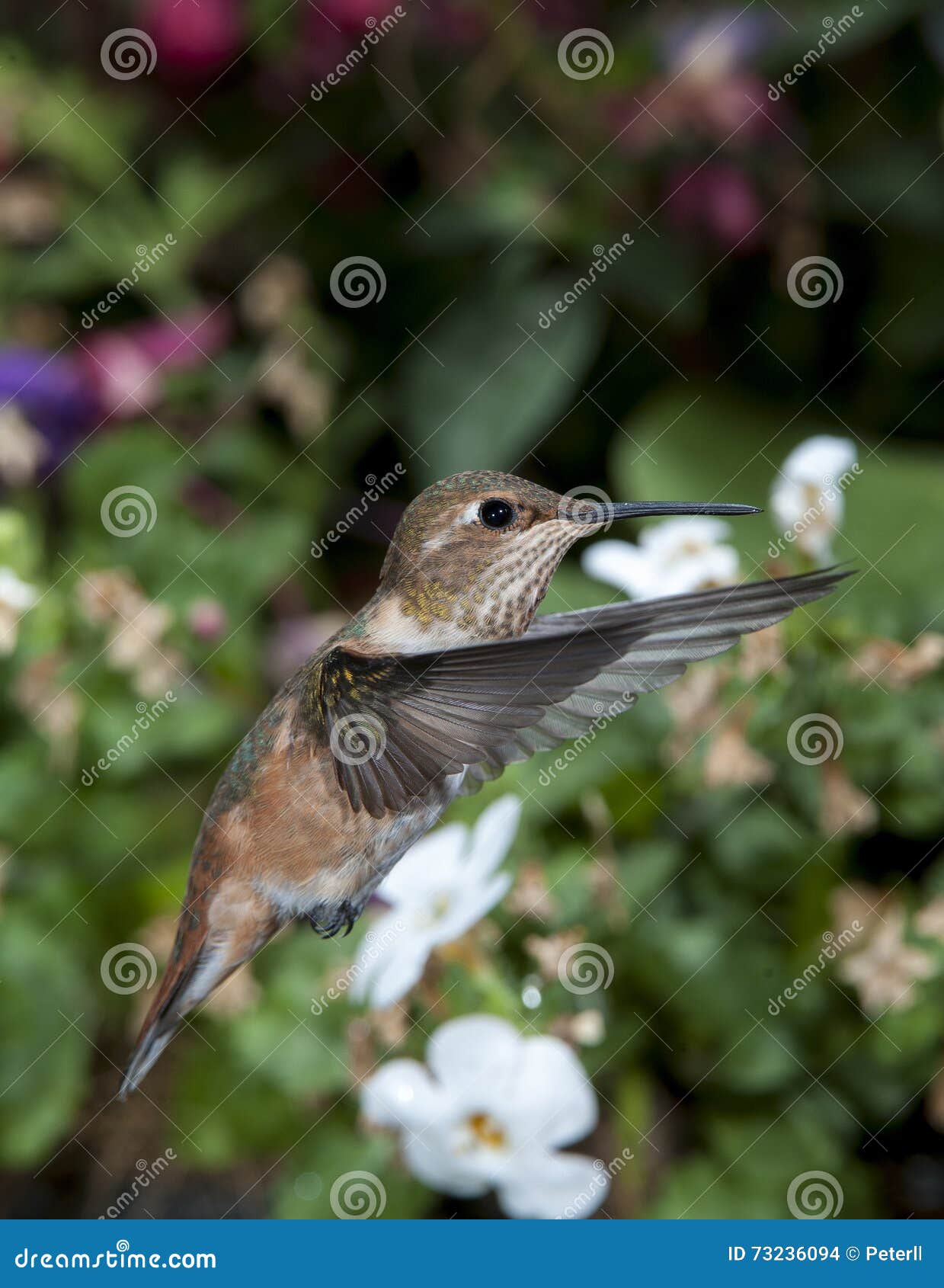

This species uses a broad range of habitats, including mature forest, open woodland, meadow, and residential areas.ĭESCRIPTION: Rufous Hummingbirds are small, yet very aggressive, often chasing other species away from food sources. They arrive in Oregon in March, usually when Red-flowering Currants are in bloom, and leave in September for their winter range in Mexico and along the Gulf Coast. Rufous Hummingbirds (Selasphorus rufus) range farther north than any other hummingbird, breeding as far north as southeastern Alaska. Klamath Bird Observatory, Ashland, Oregon.In March we welcome Rufous Hummingbirds, who fly up to 3,000 miles from their wintering grounds to join us in the northwest. Effects of Restoration and Fire on Habitats and Populations of Western Hummingbirds: A Literature Review. US Department of Agriculture, Forest Service, in cooperation with the Western Hummingbird Partnership and Klamath Bird Observatory. Maintaining and Improving Habitat for Hummingbirds in Oregon and Washington, A Land Manager’s Guide.

National Geographic Society, Washington, DC. Field guide to the birds of North America. Ithaca: Cornell Lab of Ornithology Retrieved from the Birds of North America Online: Rufous Hummingbird (Selasphorus rufus), The Birds of North America Online (A. Immature birds look similar to the adult female, although the immature males typically show more rufous on the rump and lower back as well as heavier markings on the throat.Ĭornell Lab of Ornithology. The outer three pairs of tail feathers have white tips. The rounded tail extends past the wingtips it is rufous at the base and banded with black.
Rufous hummingbird Patch#
The throat is marked with red-orange, from just a few spangles to a large patch depending on the individual. The gorget is off-white, spangled with green to bronze. The face and sides of the gorget are also washed rufous. The adult female is bright green above and white below, strongly washed with rufous on the sides, flanks, and undertail coverts. The rufous tail feathers are black-tipped and pointed.


The underparts are creamy white with a rufous “vest.” The crown is bright green, and the gorget is iridescent scarlet to orange, appearing golden or yellow-green from some angles. The back of the adult male Rufous Hummingbird is cinnamon-colored (rufous), sometimes spangled with green and rarely more than half green. As with other hummingbirds, Rufous Hummingbirds typically move to higher elevations for the fall migration, following nectar producing flowers. Successful nests start incubating between late May and late June with fledging in July. Females are also present in April, but in smaller numbers and typically stay through July during incubation and rearing of young. Rufous hummingbirds usually begin arriving in Southeastern Alaska by April, with males arriving earliest and beginning their migration south by July. The Rufous Hummingbird makes one of the longest migratory journeys of any bird in the world from Alaska to Mexico. It is an important pollinator in the cool, cloudy Pacific Northwest, where cold-blooded insect pollinators are at a disadvantage. This species travels farther north than any other hummingbird, wintering in Mexico and Southeastern US and migrating to breeding sites as distant as Prince William Sound, Alaska.Īlthough a relatively small hummingbird, it has an aggressive nature and frequently chases larger hummingbirds from nectar sources. The Rufous Hummingbird is the most common and widespread hummingbird species in Alaska, and can be found in a wide variety of habitats. Heaths ( Vaccinium ovatum, Menziesia ferruginea)Īphids ( Aphididae) and eggs clustered on pearly everlasting ( Anaphalis margaritacea) Purple larkspurs ( Delphinium barbeyi and D. Lilies ( Erythronium grandiflorum, Lilium columbianum) The following are preferred flowering plants and insects. They can be observed feeding on insects by hawking, gleaning from leaves, and plucking them out of spiderwebs. Rufous Hummingbird feeds on a variety of red, tubular flowers, as well as insects, which make up a high proportion of their diet during the breeding season.


 0 kommentar(er)
0 kommentar(er)
